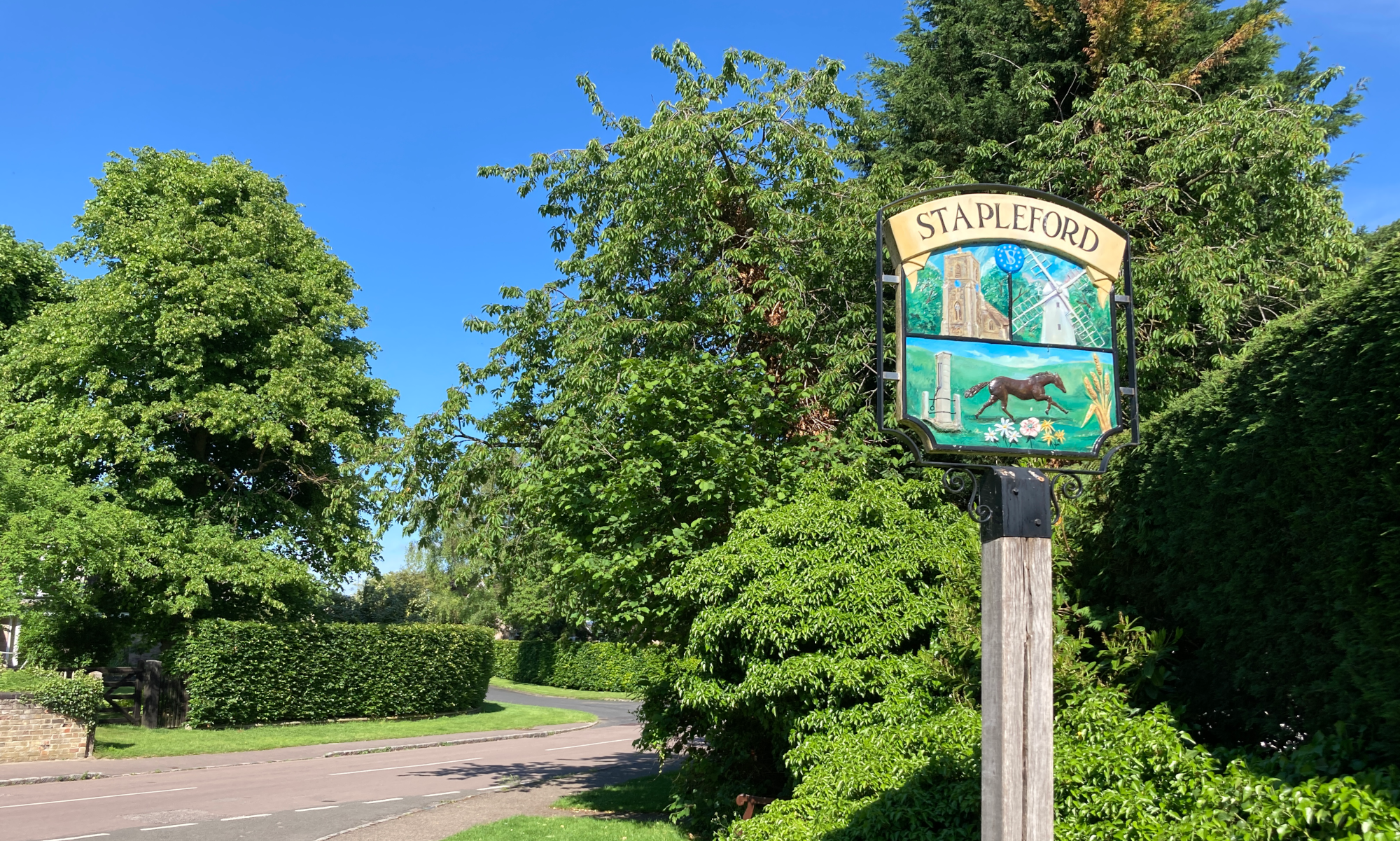Stapleford History Society 10 January 2023
The History of MacKay’s Tool Shop and Engineering Firm in Cambridge – Duncan MacKay
From a Scottish Croft to a Cambridge Shop: this was the story we were told by Duncan MacKay. Speaking without notes for over an hour, he was armed with a formidable memory for his family’s history and a series of amazing photographs. These ranged from an early daguerrotype image of his great great grandparents, Donald MacKay and Isabella Fraser, to one of the Meccano prototype of the radio telescope with which Martin Ryall won his Nobel prize.
His forebears were subsistence farmers in the very north of Scotland. They were thrown off their land during the Highland Clearances when the Duke of Sutherland had crofts burned down in order to get rid of the lower orders living there, even burning an old, bed-bound woman in her home. The family, parents and ten children, moved to Burnt Island, a coastal town in Fife from which they could see the construction of the Forth Road Bridge. Watching this so inspired the boys of the family that they all became engineers in later life. Two boys, in particular, left for distant places.
In 1885 the speaker’s great grandfather moved to Cambridge via London, while his brother emigrated to California. While his brother was making a name for himself together with Mulholland and building the pipes and cascades which brought water into Los Angeles, the speaker’s grandfather was working for Laurie and McConnell. He was so successful that he was able to buy himself a three wheeled motor bike – just like the one bought by Mr Rolls of Rolls Royce fame – and we were shown a photograph of a rather frightened looking grandmother perched on the front seat of the contraption.
In 1925 a wheelwright’s premises were bought and thus began MacKay’s shop and engineering firm in Cambridge. The shop was on the ground floor, the accounts were dealt with upstairs and the speaker’s grandfather’s office was in the basement. It was there in the basement that a large, brown trunk was found with a collection of old photographs inside. The large yard was where the engineering works took place.
The engineering works were manned by very creative men who could innovate. The first silicon crystal growing chamber was invented by men who were also interested in oxyacetylene welding and diesel engines. By the beginning of the Second World War MacKay’s were the go-to premises for all the boffins in Cambridge. In 1941 they made (Kurt) Sommerfeld Tracking, 910m long and 48m wide. This could be rolled out even in desert conditions and used as the runway for planes, as at El Alemain. Sommerfeld Tracking was also used on Day 2 of the Normandy Landings. We were shown a photo of King George VI and General Montgomery standing on the tracking on a Normandy beach.
MacKay’s was the producer of all the huge girders and gates used by Cambridge builders. A new way of making spiral staircases was found by John Cheveling, Gordon Friend and Barry Smith. The biggest spiral staircase, now covered in marble, is in the Savoy Hotel, London. Another, looking a bit like the double helix, is at Addenbrookes. They even made an operating table to hold patients steady and upside down so that John Scott, an ophthalmologist, could perform his operations.
The financial crash of 2009 had significant consequences for many businesses and that included MacKay’s. The engineering workshops were closed and the shop became the focus of all commercial activity.
The speaker’s nephew, Andrew, is now in charge and his family have great confidence in his ability to develop the next phase of the business.
[report by Jane Steadman]

